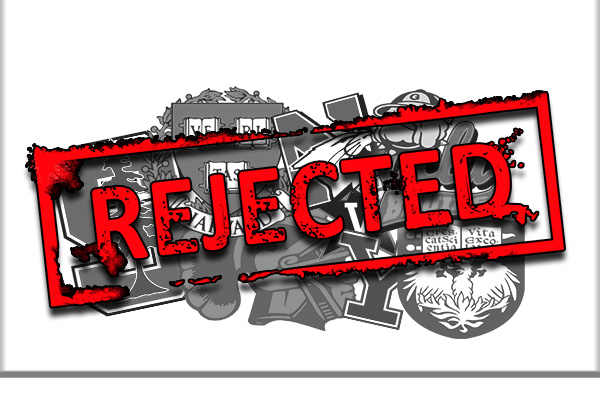[quote]By Brianna Powell
Editorial Editor
Graphic by Brianna Powell[/quote]
When I was freshman, the top three universities that I wanted to get into were Harvard, Princeton and Yale as a safety school, but as Honors Chemistry became the bane of my existance, I soon realized that would be highly unrealistic unless my family became billionaires overnight and donated a new library. Now as a junior, I’m convinced that getting into the country’s most elite colleges is a legitimate Hunger Games being fought in extreme academic and extracurricular bloodbath. These days it seems like you need a 4.8 GPA, an Olympic gold medal, and the ability to perform open heart surgery blindfolded to get into the nation’s top schools.
Admission decision were recently released for the class of 2020 and while seniors bit their nails looking at email inboxes awaiting their fate, I had my their eyes on something else: the admission rates. As the hallmark of university prestige and selectivity, prospective students used these numbers to project their chances of acceptance. But this year followed an unprecedented trend occurring in the world of admissions with rates dropping to historic lows.
Stanford University earned the title as the nation’s most selective school after only accepting 4.7 percent of its applicants. Not to be outdone, Harvard University welcomes it’s 2020 class with a warm 5.2 percent acceptance rate, while Princeton accepted a whopping 6.5 percent.
While it is common knowledge that these schools are difficult to get into, the rate in which the acceptances for elites universities are dropping are quite alarming. Just 11 years ago, Vanderbilt University accepted 40 percent of its applicants, but last week Vandy reported an 8.8 percent acceptance rate for its 2020 class. I ask myself the same question I ask when I look at my GPA: Just how low can these numbers get?
On the outside, it seems that schools are so competitive and selective now that the ACT’s and grade point average that would’ve gotten you accepted a decade or two ago, would get you tossed in the reject pile today. The reality of college admissions, however, is a more complicated picture. As it turns out, getting into college actually isn’t academically harder than it was a decade ago.
Blame it on the rising amount of students applying to these schools. In the Information Millennium, students have a new set of data that wasn’t available years ago. In the click of a button, students can find data on schools thousands of miles away, leading to applications from all over the country, rather than local colleges. With services like Common Application, that allows students to apply to multiply universities with a single application, applying is far more accessible to students who wouldn’t have applied to as many schools in the past. After taking college entrance exams, students who sign up for services that match them up with prospective schools, get aggressive advertising from universities, plastered with picturesque quads and smiling students with slouchy backpacks. With more and more qualified students applying to multiple schools, admission boards have to be choosy with who they are accepting, meaning admission isn’t promised to anyone. Not to the All-State varsity starter. Not to the national science fair winner. Not to the valedictorian. Not to the kid with a perfect ACT either.
Year after year, news outlets blasts the urban myth that getting into college is near impossible, scaring teens like it’s finals week. But have no fear! As long as you’re prepared, any university would be glad to have you and what you bring to their campus. Sure, I may not be Harvard material after chemistry’s tragic hit to my GPA, but getting into college is possible if that’s the path for you after high school. Even if you haven’t succeeded in blindfolded open heart surgery.
*Disclaimer: This article is categorized as Opinions. The views of this article are that of the writer and do not represent the Stampede staff as a whole and should not be interpreted as a staff editorial.




Cam Gidlow • May 5, 2016 at 8:35 pm
I agree with Michael up above, these schools have gotten to where they are because of their strict guidelines, but for some other schools who can give a good education, it isn’t that hard to get into those.
3157690 • Apr 12, 2016 at 10:16 am
Very interesting theory indeed!
Yahtzee • Apr 11, 2016 at 9:50 pm
I agree. Now the pressure is really on.
Michael Bova • Apr 11, 2016 at 11:11 am
Those schools are prestigious and are hard to get into for that reason. You probably should set your bar lower if you actually want to go to college.